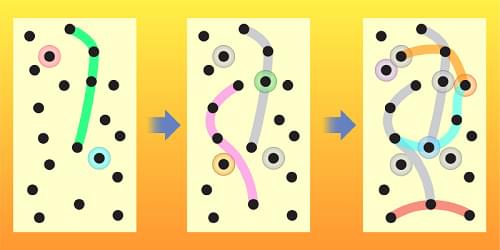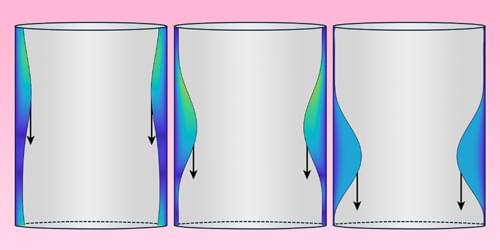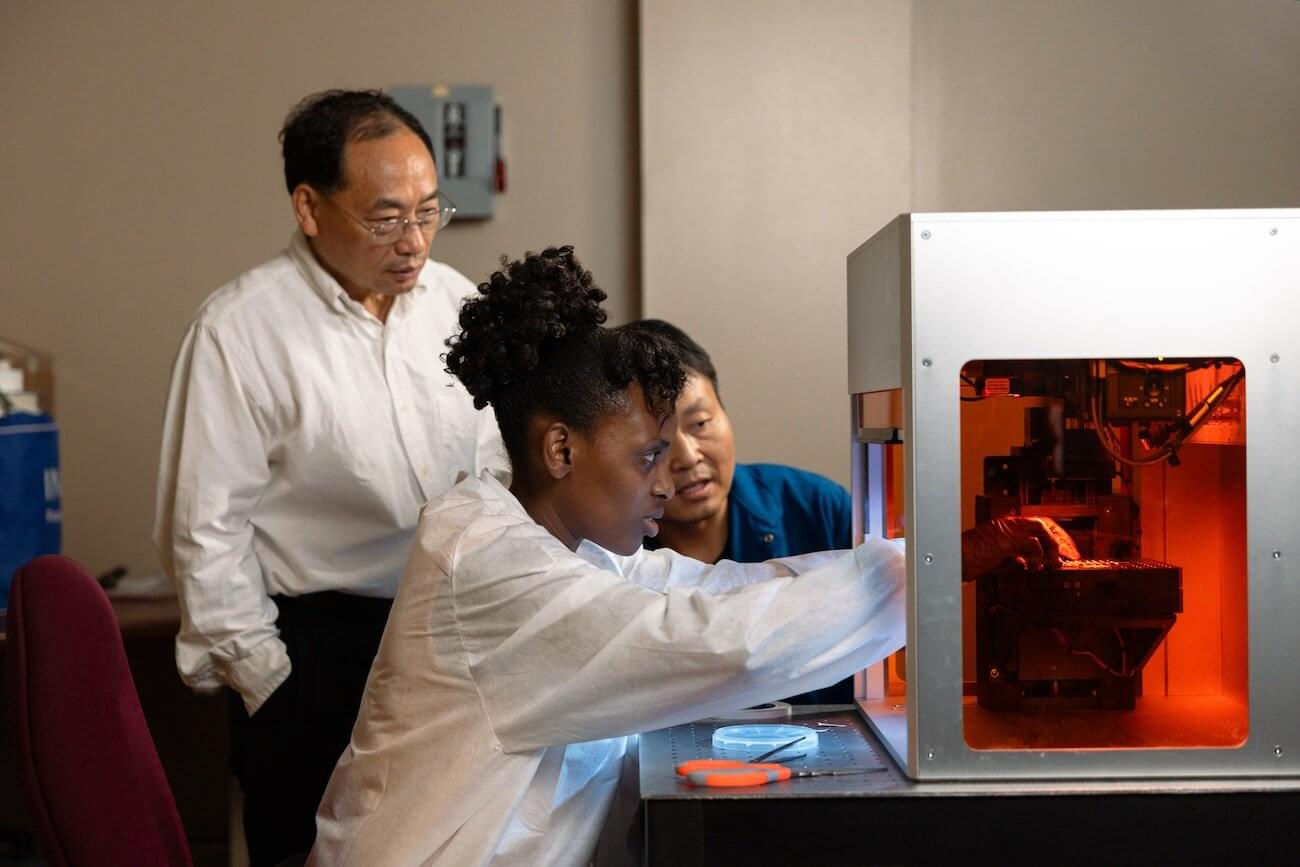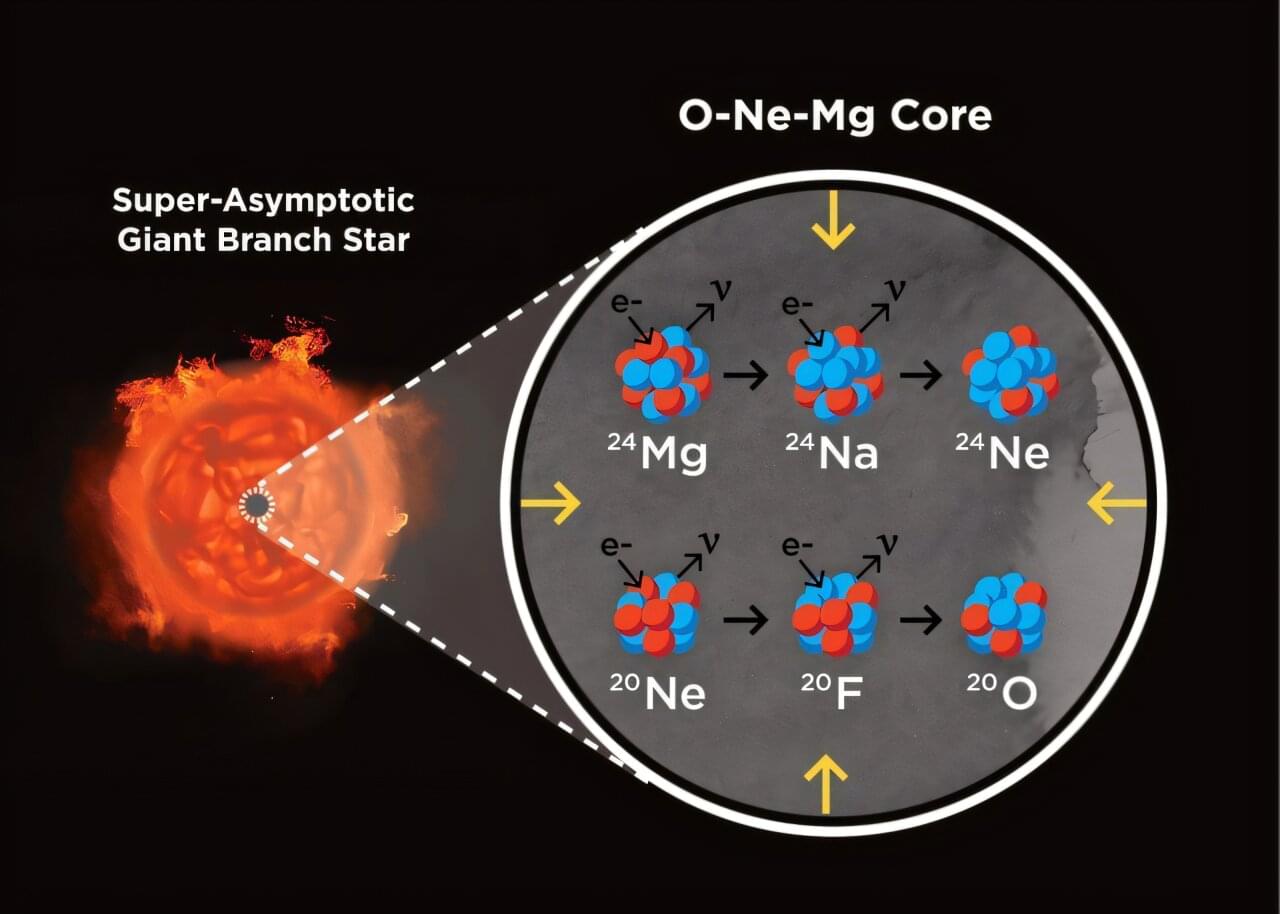The number of people living with dementia worldwide was estimated at 57 million in 2021 with nearly 10 million new cases recorded each year. In the U.S., dementia impacts more than 6 million lives, and the number of new cases is expected to double over the next few decades, according to a 2025 study. Despite advancements in the field, a full understanding of disease-causing mechanisms is still lacking.
To address this gap, Rice University researchers and collaborators at Boston University have developed a computational tool that can help identify which specific types of cells in the body are genetically linked to complex human traits and diseases, including in forms of dementia such as Alzheimer’s and Parkinson’s.
Known as “Single-cell Expression Integration System for Mapping genetically implicated Cell types,” or seismic, the tool helped the team hone in on genetic vulnerabilities in memory-making brain cells that link them to Alzheimer’s ⎯ the first to establish an association based on a genetic link between the disease and these specific neurons. The algorithm outperforms existing tools for identifying cell types that are potentially relevant in complex diseases and is applicable in disease contexts beyond dementia.








